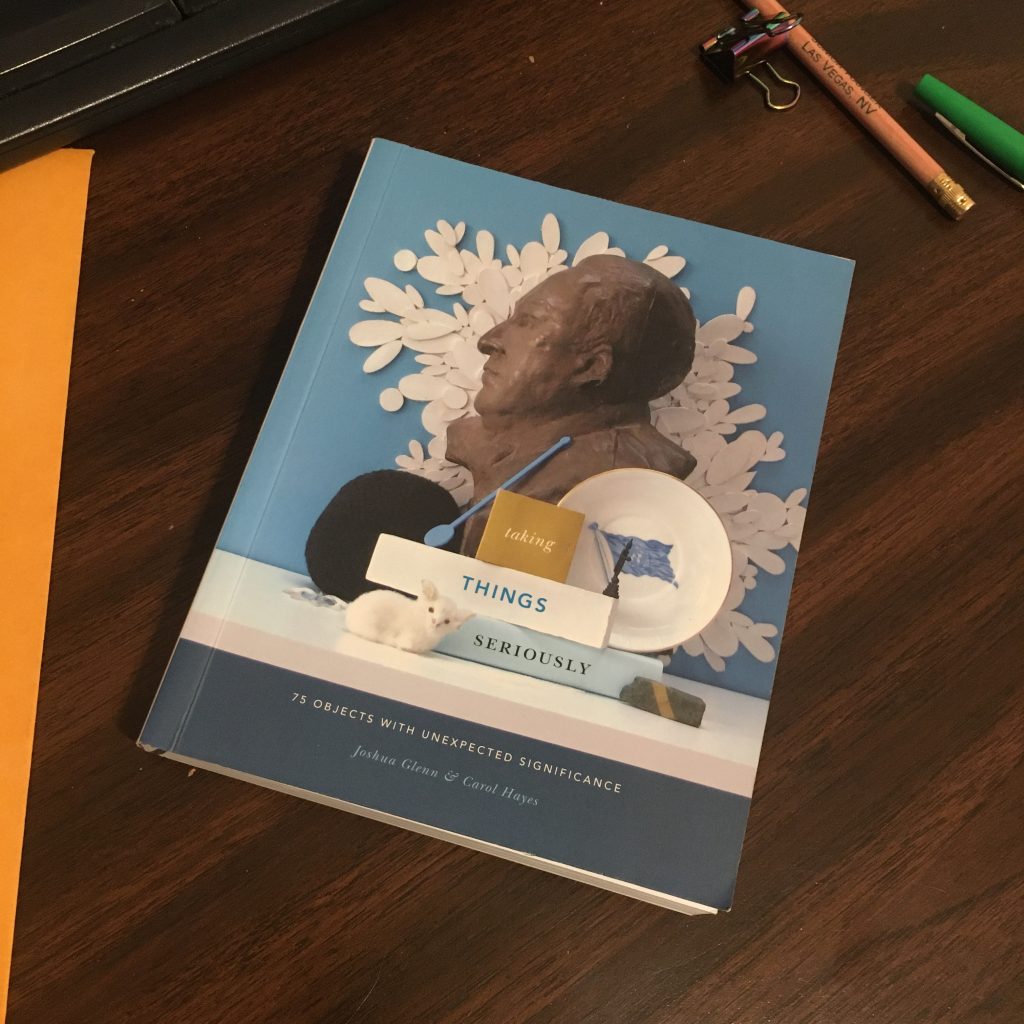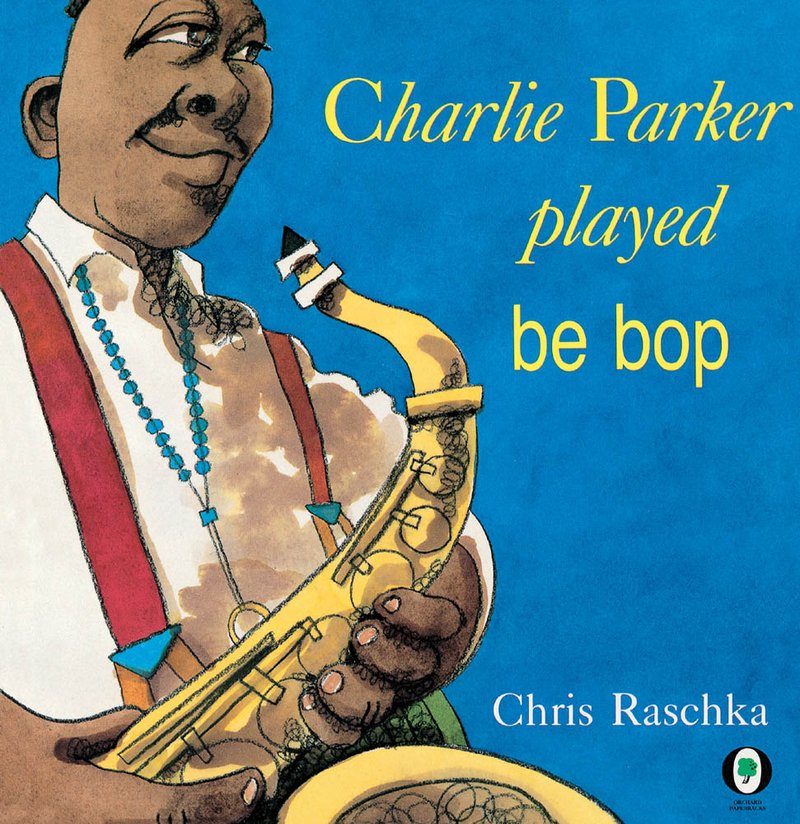I recently went on a Kaizen kick borrowing all the books on this subject from the library.
Most were straightforward business books from the mid to late 90’s, before the malaise that hit Japan and mad the subject less of a juicy marketable subject.
But One Small Step Can Change Your Life, by Dr. Maurer, was an interesting self help book where the main premise is that very small steps can ultimately be very fruitful, hence the title. It is a very optimistic book, with quite a few examples from both business and historical lore as well as personal interactions by the author.
Like any self help book, it is a persuasive hamburger – it starts and ends by selling you on the effectiveness of of the topic with a multiple steps process in the body of the text.
In this case, you are given a primer on kaizen as a business practice and then some examples on how this approach can be applied to one’s personal life. This book’s six-point program consists of:
- Ask Small Questions
- Think Small Thoughts
- Take Small Actions
- Solve Small Problems
- Bestow Small Rewards
- Identify Small Moments
And then it closes with a reminder that kaizen is good for both for changing course on bad habits (or jumpstarting inactivity) as well as stacking gains on top of previous successes.
The basic premise is that sustainable change comes from small steps that are consistently applied over a long period of time. This stands in contrast to the “innovation” or bootcamp mentality – which are banking on shocks to the system to make lasting change.
The issue with the drastic change approach is that sometimes the system will often bend but snap back into place – the inertia is too much. Kaizen is small so it is immediately actionable, and it entails such small steps that the recalcitrant system doesn’t know what hit it.
Coincidentally, I listened to a podcast about meditation and one of the suggestions for creating a practice is to just aim to meditate for 1- minute every day. While such a goal may seem ridiculously paltry, it creates a habit and it creates opportunities where you decide to meditate for more than a minute. While the decision to go an extra minute may also seem miniscule, the podcaster noted this choice was actually quite momentous. That first minute is motivated by an extrinsic factor (your previous commitment to meditate for a minute every day) but the second minute is voluntary and motivated by intrinsic factors now that your obligation has been satisfied.
This seems to me to encapsulate the spirit of this book. Make a small step and the ride the wave to continuous improvement.

